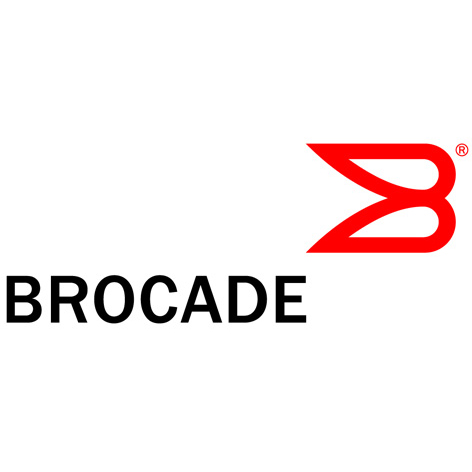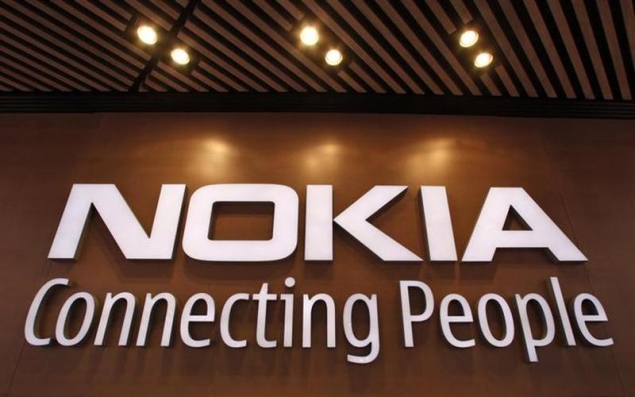![Brocade[3]](https://www.itvoice.in/wp-content/uploads/2013/05/Brocade3.png) With the industry’s largest Ethernet fabric install base of more than 1,400 customers worldwide and 400,000 Brocade® VDX® switch ports shipped to date, Brocade (NASDAQ: BRCD) is furthering its leadership by announcing a number of significant advancements to its VCS®Fabric technology and Brocade VDX switch portfolio, including new VCS fabric capabilities that provide native multitenancy, storage-aware networking and 100 Gigabit Ethernet (GbE) performance for the most demanding data center environments. Brocade has also unveiled the industry’s most complete, end-to-end blue print for delivering scalable data center multitenancy, from the server to the WAN. itvoice
With the industry’s largest Ethernet fabric install base of more than 1,400 customers worldwide and 400,000 Brocade® VDX® switch ports shipped to date, Brocade (NASDAQ: BRCD) is furthering its leadership by announcing a number of significant advancements to its VCS®Fabric technology and Brocade VDX switch portfolio, including new VCS fabric capabilities that provide native multitenancy, storage-aware networking and 100 Gigabit Ethernet (GbE) performance for the most demanding data center environments. Brocade has also unveiled the industry’s most complete, end-to-end blue print for delivering scalable data center multitenancy, from the server to the WAN. itvoice
The most complete end-to-end blueprint for delivering multitenancy at scale from server to WAN.
VCS Virtual Fabric:A Simple, Network-based Approach to Multitenant Scale
Provides an alternative to overlay networks for multitenancy at scale; VCS Virtual Fabric uses proven, standards-based network segmentation techniques—making it easier to incorporate this new capability into the network with zero learning curve.
Offers a highly evolutionary approach to multitenancy that minimizes disruption to current operational and organizational models.
- Is hypervisor-agnostic.
- Supports cloud orchestration frameworks through open APIs.
- VCS AutoQoS: Extending VCS Fabric Intelligence to Storage
- A new VCS fabric capability that automatically recognizes and rioritizes storage traffic, greatly reducing capital and operational costs.
- New top-of-rack switches: Brocade VDX 6740 family of 10/40 GbE switches
- VCS Virtual Fabric support in the new Brocade VDX switch ASIC.
40GbE to 160GbE trunks offering the industry’s highest uplink capacity in a leaf switch.
32 Flex Ports(FibreChannel/Ethernet/FCoE) providing flexibility and investment protection.
- 24MB deep buffers with Dynamic Buffering.
- ASIC support for OpenFlow 1.3.
- Support for 10GbE and 10GBASE-T.
In addition, Brocade announced a new 100 GbE line card for the flagship Brocade VDX 8770 modular chassis.
The Brocade VDX 6740 and VDX 6740-T are available for order now. U.S. list price starts at $15,995 ($833/10GbE port). The Brocade VDX 8770 100GbE blade is planned for availability in the first half of 2014. Brocade networking solutions are available direct, through Brocade channel partners and via Brocade Network Subscription.
As cloud computing matures and is increasingly adopted in production environments, new requirements are emerging and deficiencies in legacy architectures are becoming more pronounced. Our continued innovation in Brocade VCS Fabric technology addresses the most challenging data center requirements, including network multitenancy, network intelligence for exploding storage growth and the emerging adoption of 100GbE for ever-increasing bandwidth consumption.
We continue to look for ways to simplify our network operations, to be efficient in every way. The Brocade VDX 6740 gave me a very positive experience. We tested the 10Gb-T, which is important for connectivity over copper, for high performance, consistency and reliability. The initial setup was easy and the overall speed tests were extremely fast. I have quite a lot of experience with switches from numerous vendors and, in comparison, the Brocade VDX is very well constructed and easier to use than most. I’m also very interested in VCS fabrics and this has given us a peek into the flexibility and scalability that is possible with this type of technology.
The ability to securely isolate tenants in a shared infrastructure environment is paramount to cloud-service providers and to enterprises adopting private cloud. Traditional approaches to network segmentation have been around for years, and virtualization and cloud computing have exposed their inherent limitations, especially in relation to flexibility and scalability. Technologies such as Brocade’s VCS Virtual Fabric promise to address this challenge by delivering multitenancy at scale, enabling enterprises to maximize the number of tenants they can support by leveraging segmentation constructs with which network administrators are familiar, thus minimizing both the learning curve and operational overhead.






